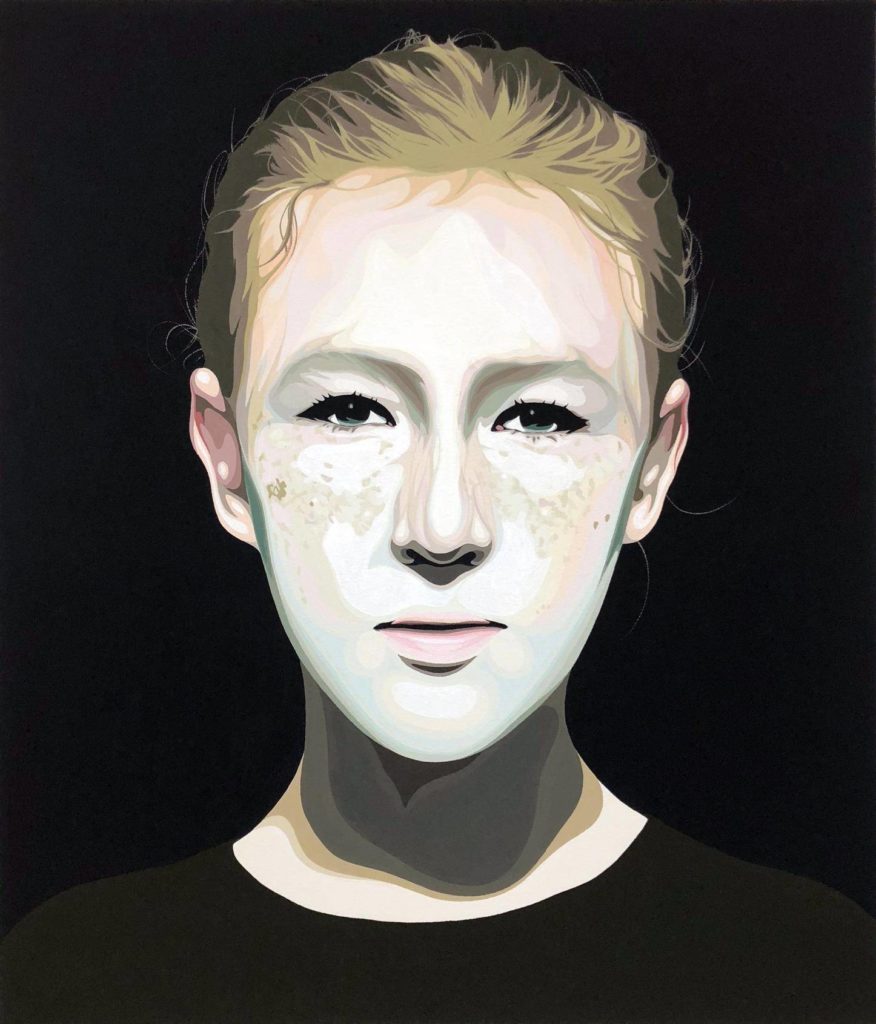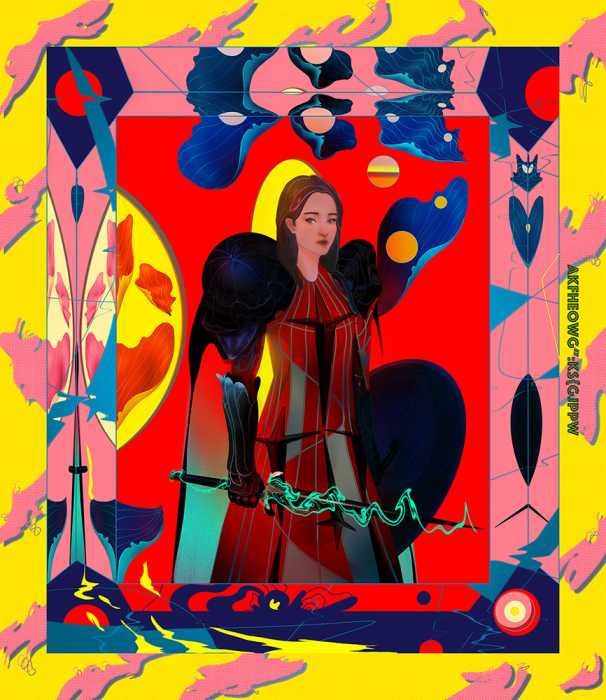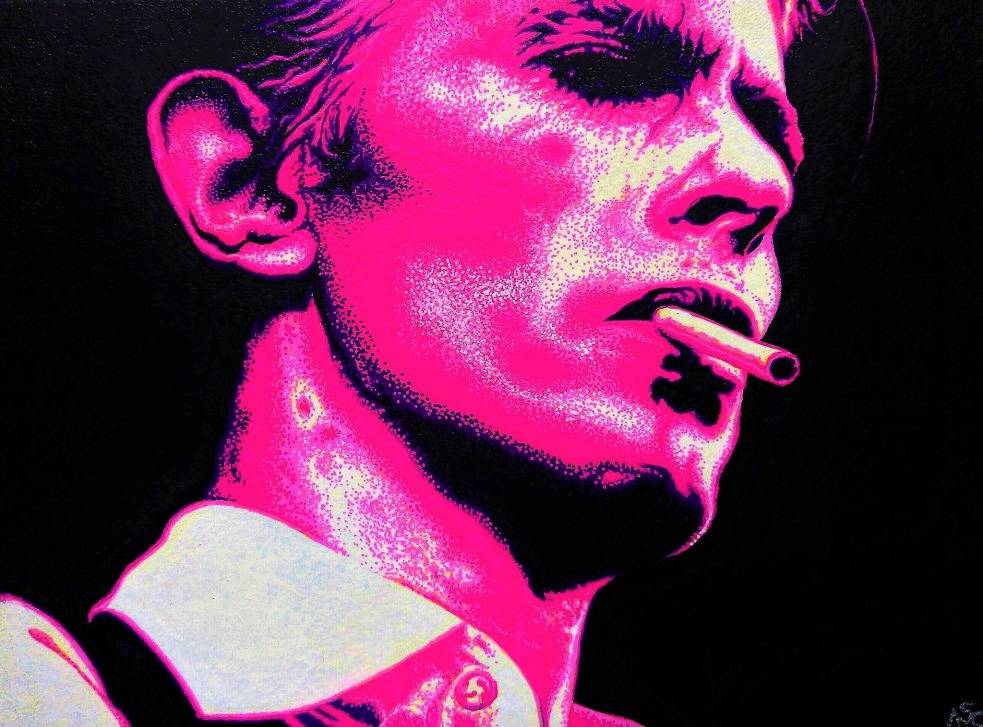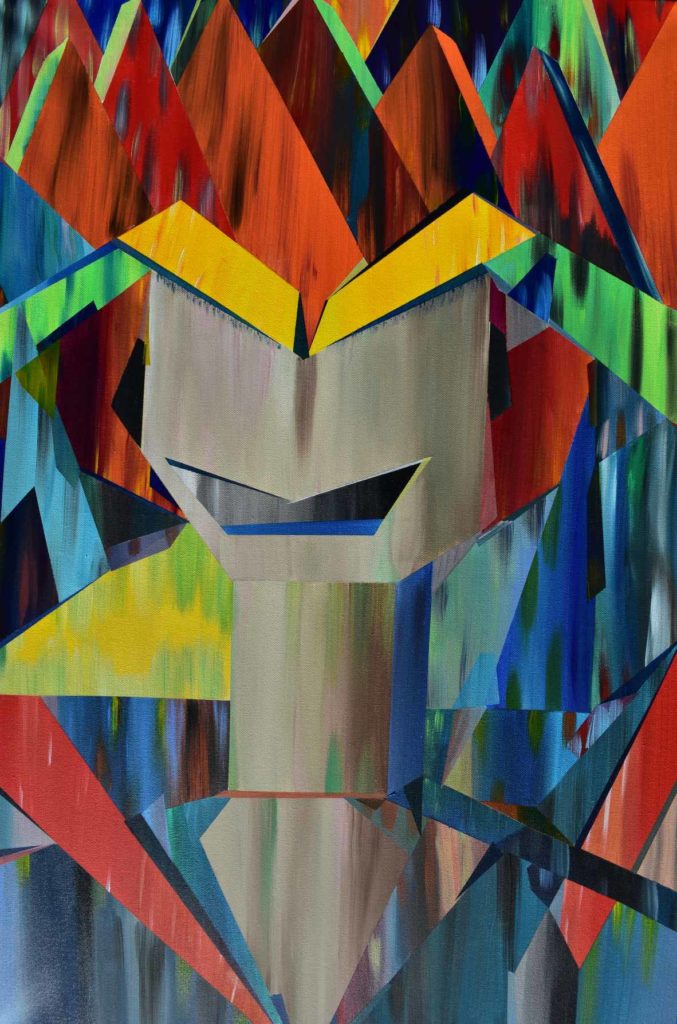 Girl with a Pearl Earring / Johannes Vermeer
Girl with a Pearl Earring / Johannes Vermeer
, 1665 / 47x40cm / Oil on canvas,
Collection Mauritshuis, The Hague
A portrait is a depiction of the appearance of a particular person. Of the various output methods such as photography and sculpture, those that are painted are especially called portraits.
In the early modern era, there was a genre of painting called "portraiture" that depicted the figures of royalty and aristocracy, but with the rise of the camera, realism has declined and nowadays portraiture is something you see in museums.
In contemporary art, there are many cases where the face of a person (real or imaginary) is used as a module, such as Andy Warhol's work depicting the face of Marilyn Monroe. Whether as a motif or as a theme, the use of the face varies from artist to artist.
Hitoshi Tsuboyama
Tsuboyama's series of portraits, "Combine Portrait," evokes a sense of alienation and anxiety at first glance.
 Combine
Combine
Portrait00353 x 46 cm
While strongly inspired by the late modernism of the 1960s and 1970s, including minimal art, Tsuboyama is known for the beauty of his paintwork, which is based on his own concept of space and explores new expressions through color surfaces.
 Combine
Combine
Portrait01153 x 46 cm
The theme of this work is doubt and questions about how people identify and recognize something, which may be why it is called "Combine. The way the face is delineated like a contour line and painted with beautiful colors seems to ask us something about the appearance and identity of the portrait.
Click here for an introduction to the work.
Changhee Lee
Lee's portraits are also not déjà vu. She consistently chooses young women as her motifs, and her paintings are a mixture of the medieval and the fantastic.

PORTRAIT175 x 65 cm
Lee's work, while bearing the name of portraiture, is progressive in its attempt to express his own inner world.

PORTRAIT365 x 50 cm / ¥88,000
Click here to see the works
Antonio Salas Cabrera / Antonio Salas Cabrera
Antonio Salas Cabrera creates his works by reconstructing existing images. Antonio Salas Cabrera's work is based on a method of reconstructing an existing image. He takes an existing image into a PC, and after trimming and changing the colors, the output image shows a different expression from the existing model that we know well.
 DAVID
DAVID
BOWIE26 x 32 cm / 26,400 yen
The model in Antonio's work is also a work of art, and we can say that we are looking at the original figure after a double penetration, since the work has a model who is also a figure. However, even though the double interpretation is unconsciously cut out, we are aware that our consciousness still directly captures the figure of the model. With the same technique that underlies simulationism, Antonio gives us an interpretation of perception.
 JOHN KENNY'S
JOHN KENNY'S
PORTRAIT28 x 34 cm
Click here to see the works
Agent X
Agent X is a multi-media collage that relies on existing images such as American comics to create a unique presence.
 Queen(Black)
Queen(Black)
76 x 101 cm
Painted in a unique intersection between the aesthetics and philosophy of Futurism, the social commentary of the Dada movement, and contemporary art movements from Pop Art to Superflat, the <<Queen>> series is reminiscent of the collage-like portraits of 16th century artist Archimbald. However, the combination of contemporary ideas and the techniques of the digital generation creates a harmonious work that leaves us with a sense of chaos and perversion.
 April
April
Kennedy76 x 76 cm
Click here for details
A.C.D.

Wildfire92 x 61 cm
The abstraction is unique to A.C.D., and while it gives the viewer a hard impression, the highly saturated color of the painting gives a sense of warmth.
In particular, "Le Grand Prince" is a modern expression of the face, with the face precisely expressed by simple line segments.
 Le Grand
Le Grand
Prince92 x 61 cm
Click here for details
Portraiture has a different flavor from other fields, as it tends to show the drama between the artist and the model, making it a field that attracts a certain type of expert. However, in an age when everyone is mass-producing portraits, the fact that people dare to paint their faces in portraits is proof that the human face and identity have a close, but at the same time unstable relationship.